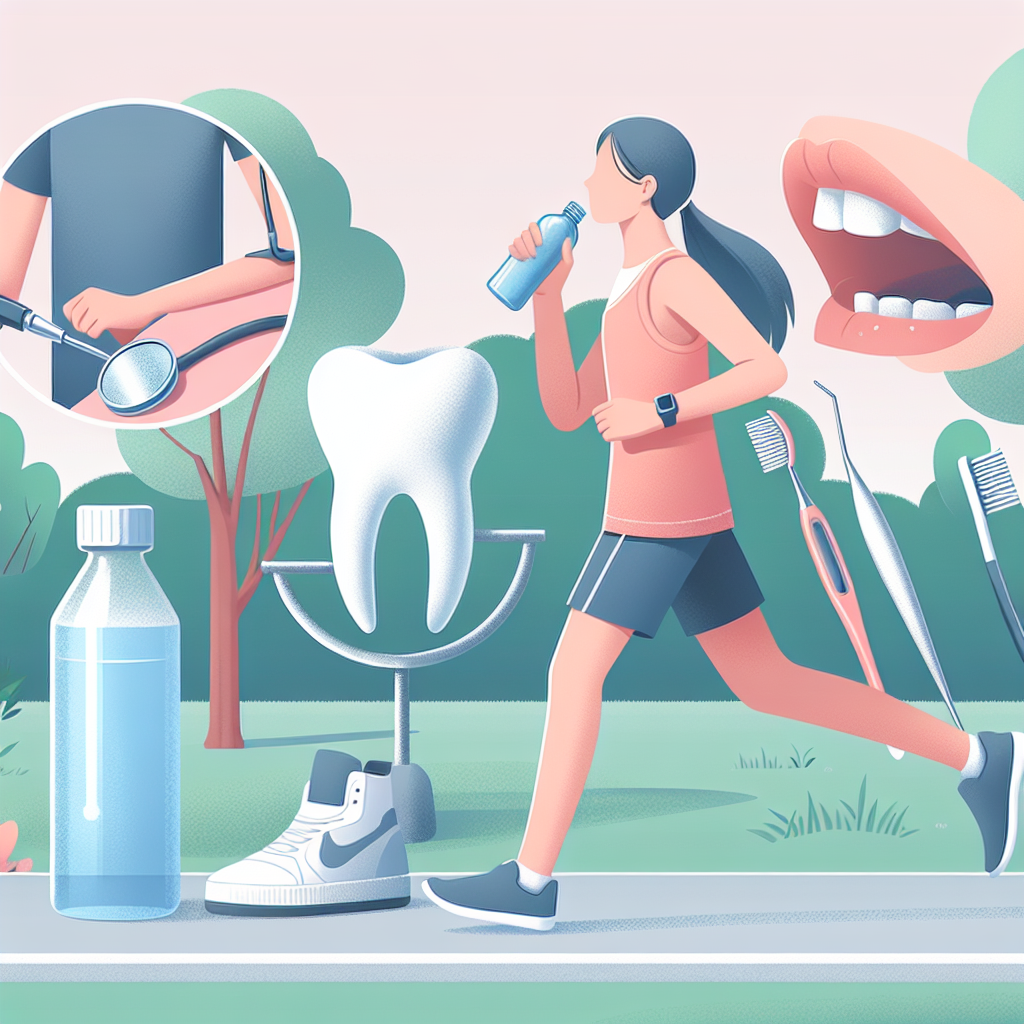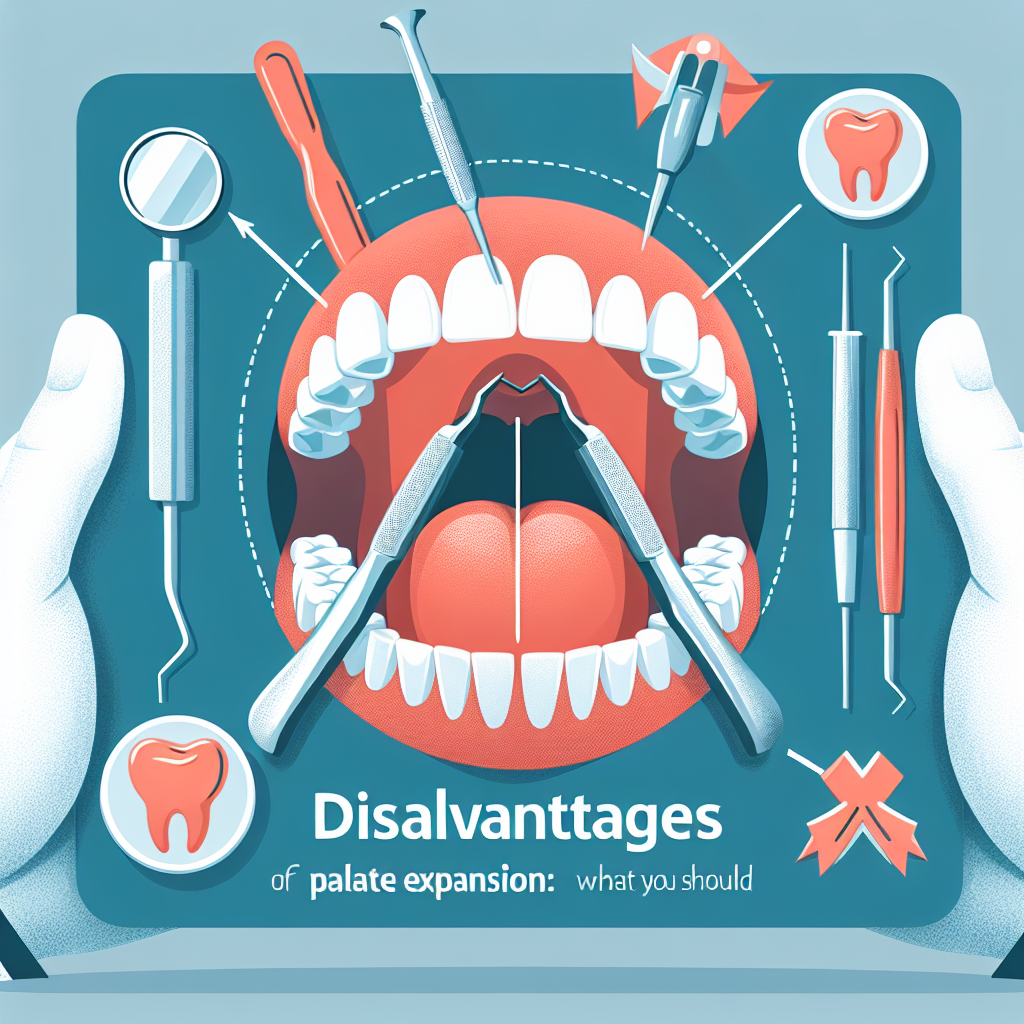Understanding Ruhepuls 45: The Ideal Resting Heart Rate for Your Health
Ruhepuls 45, or a resting heart rate of 45 BPM, raises questions about its implications for health and fitness. Discover what this rate means, who it affects, and how it can be managed.

What Does Ruhepuls 45 Mean?
Ruhepuls 45 refers to a resting heart rate of 45 beats per minute (BPM). For many, a typical resting heart rate ranges from 60 to 100 BPM. However, athletes or those with high cardiovascular efficiency may experience lower rates. Understanding whether 45 BPM is healthy or concerning involves various factors including fitness levels, age, and overall health.
Is Ruhepuls 45 Normal?
For trained athletes, a Ruhepuls of 45 BPM can be common and generally considered a sign of good cardiovascular health. Regular cardiovascular training strengthens the heart, allowing it to pump more blood with each beat, leading to a lower resting heart rate. However, in non-athletes, a resting heart rate this low could indicate bradycardia, which might necessitate medical evaluation.
Implications of Having a Ruhepuls of 45 BPM
A Ruhepuls of 45 BPM can have various implications:
- Increased Cardiac Efficiency: A lower heart rate at rest often signifies a well-conditioned heart.
- Risk of Bradycardia: If you are not an athlete, a resting heart rate below 60 BPM raises concerns about bradycardia, potentially leading to dizziness or fatigue.
- Health Monitoring: Individuals with low resting heart rates should regularly monitor their heartbeat and consult healthcare providers if they notice significant changes.
Who Typically Has a Ruhepuls of 45?
Several groups of people may experience Ruhepuls 45:
- Athletes and Fitness Enthusiasts: Regularly engaging in intense physical activity enhances heart performance.
- Individuals with Good Physical Conditioning: Those involved in high aerobic activities can achieve lower resting heart rates.
- Those on Medications: Certain medications, particularly beta-blockers, can reduce heart rate.
Factors Influencing Ruhepuls
Several factors can contribute to decreasing or increasing Ruhepuls, including:
- Genetics: Genetic predisposition plays a role in heart rate.
- Age: Resting heart rates may naturally decline with age.
- Climate: Some studies show that a cooler environment may support lower resting heart rates.
- Hydration Status: Dehydration can lead to a higher heart rate.
How to Safely Manage and Achieve a Ruhepuls of 45
For those aiming to reach a resting heart rate of 45 BPM, consider the following strategies:
- Engage in Regular Cardiovascular Exercise: Aim for at least 150 minutes of moderate-intensity exercise per week.
- Monitor Your Heart Rate: Use fitness devices to keep track of heart rate during exercise and at rest.
- Prioritize Recovery: Allow ample time for recovery between intense workout sessions to help your heart acclimate.
- Consult Healthcare Professionals: Regular check-ups ensure you are on the right path and can identify any underlying health issues.
When to Seek Medical Advice
If you experience a Ruhepuls of 45 BPM and exhibit symptoms such as:
- Dizziness
- Fainting or near-fainting episodes
- Extreme fatigue
- Shortness of breath during mild activities
it’s crucial to consult with a healthcare professional. Understanding your individual health circumstances is essential in determining whether a Ruhepuls of 45 is safe for you.
Conclusion
Ruhepuls 45 can be indicative of exceptional cardiovascular conditioning in athletes and fitness enthusiasts. However, outside of these groups, it may warrant healthcare intervention. Maintaining awareness of your resting heart rate, alongside overall health and lifestyle, is essential. Remember that any significant or sudden changes in heart rate should always be discussed with a physician for personalized health advice.
Neue Beiträge
Der Beep-Test: Die ultimative Ausdauerprüfung
Gesundheit und Fitness
Sportliche Aktivitäten nach Darmspiegelung: Vorsichtsmaßnahmen und Empfehlungen
Ernährungsrichtlinien
Labrumläsion: Ursachen, Symptome und Behandlungsmöglichkeiten
Behandlungsmöglichkeiten

Die Figur von Lena Kesting: Ein Blick hinter die Kulissen
Influencer
Verhalten nach Leistenbruchoperation mit Netz: Leitfaden für eine erfolgreiche Genesung
Schmerzkontrolle
Das unterschätzte Krankheitsgefühl nach dem Sport
Sport und Fitness

Sport nach Hyaluronbehandlung: Tipps für eine sichere Rückkehr zum Training
Sport

Effektive Übungen zur Rehabilitation einer Labrumläsion in der Schulter
Gesundheit

Anneke Kim Sarnau: Einblick in ihre Gesundheitszustände
Prominente

Wann wieder Sport nach Botox Behandlung der Stirn?
Sport
Beliebte Beiträge
Schritt-für-Schritt-Anleitung zur Änderung Ihrer DAK-Adresse
Tipps und Tricks

DAK-Gesundheit: Bankverbindung für Beitragszahlungen und Rückerstattungen
Rückerstattungen
Sport trotz Eisenmangel: Kann man mit niedriger Eisenreserve noch trainieren?
Gesundheit
Sport bei Herpes: So bleiben Sie aktiv trotz Ausbruch
Gesundheit

Nachteile der Gaumennahterweiterung: Was Sie wissen sollten
Langzeitfolgen
Entschuldigung vom Sportunterricht: Rechtliche Grundlagen und Tipps für Eltern
Rechtliche Aspekte
US-Sport: Ein Einblick in die Welt des amerikanischen Sports
NFL - American Football
Wie lange sollte man nach Botox-Behandlungen mit dem Sport warten?
Hautpflege
Milchzahn ziehen: Wann ist es notwendig und wie wird es durchgeführt?
Häufige Fragen
Sportbefreiung in der Schule: Alles, was Schüler und Eltern wissen müssen
Rechtliche Grundlagen